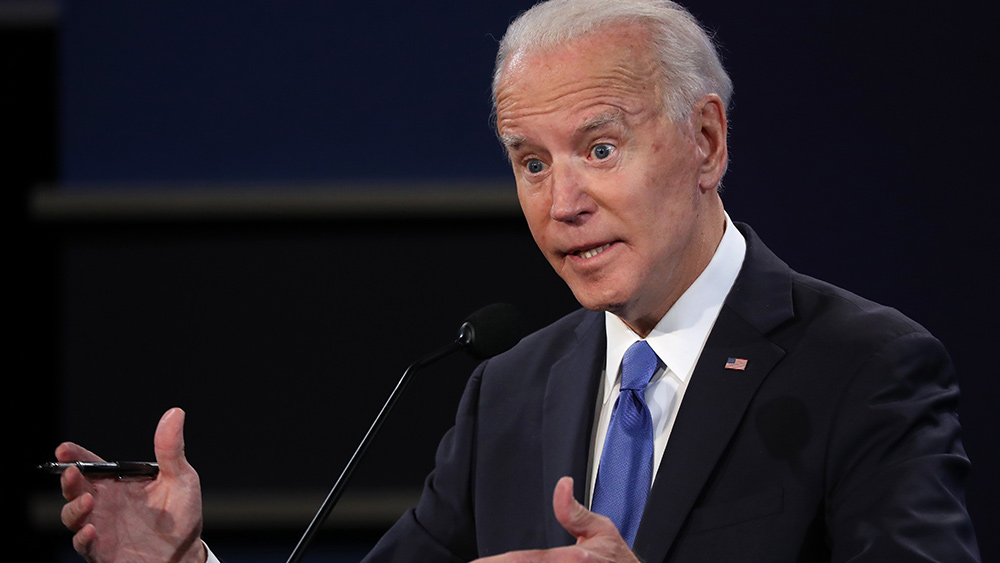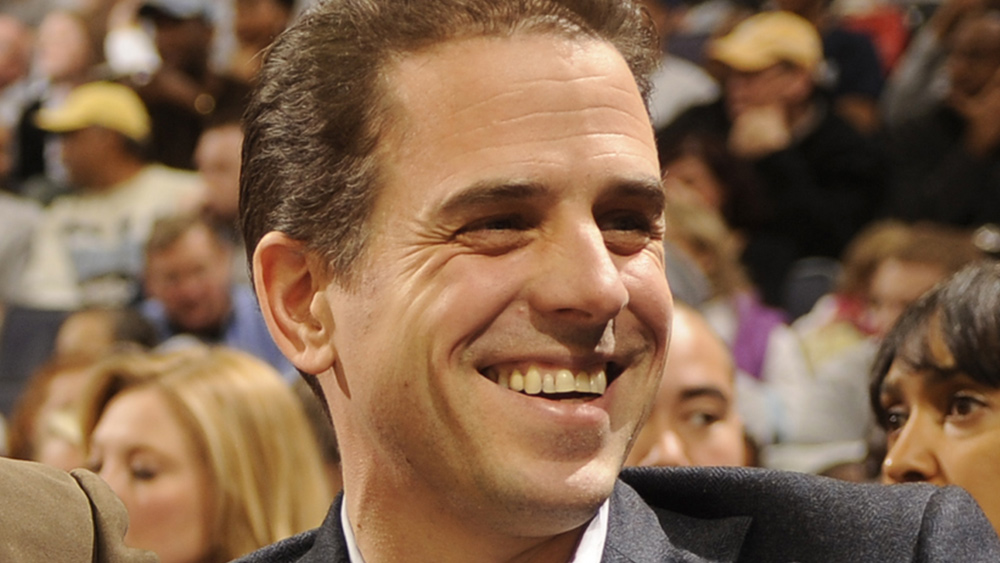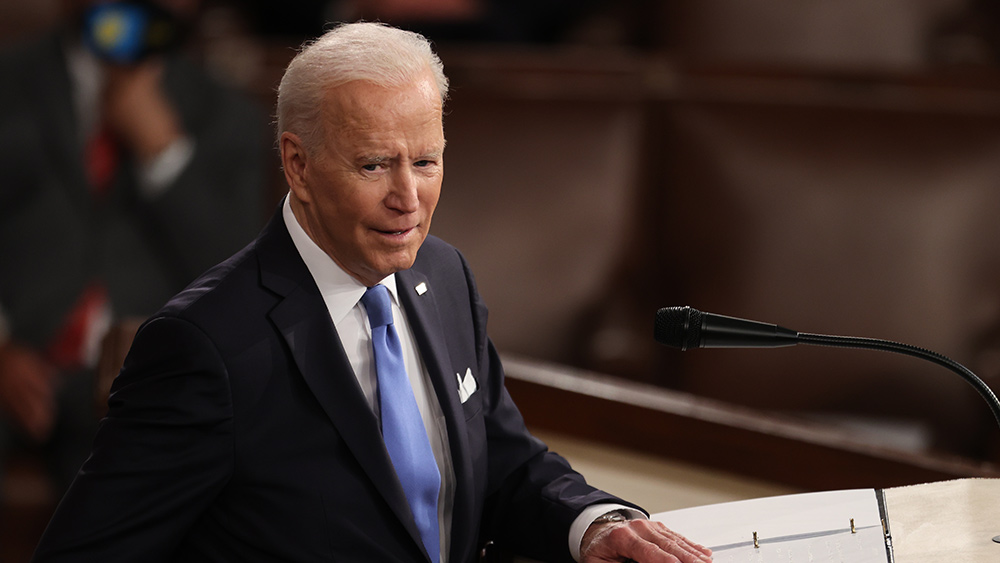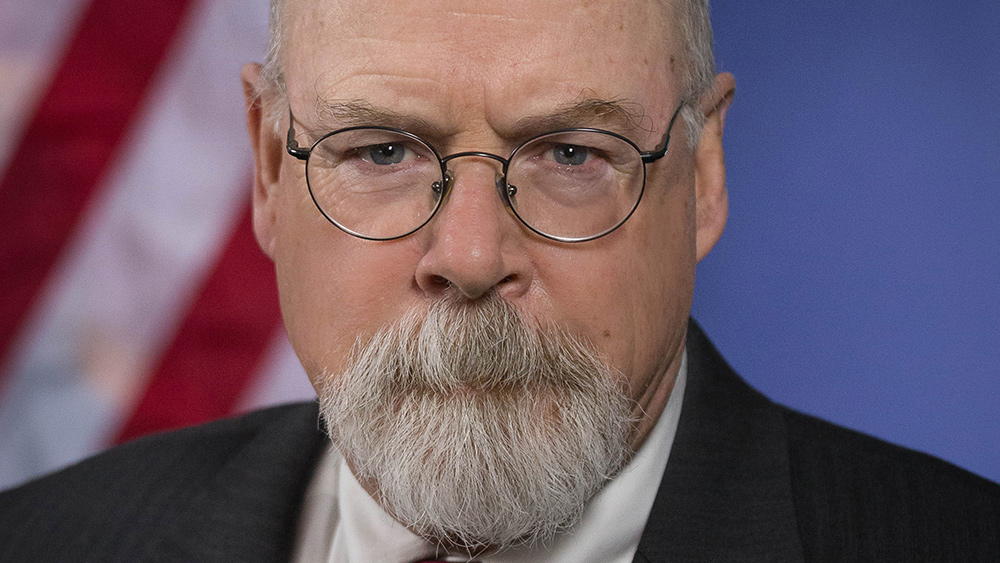Monsanto scientist admitted colluding with “science” journals to suppress research revealing dangers of glyphosate, GMOs
08/16/2017 / By Cassie B.

Monsanto was so concerned about a study that showed the toxic effects of its glyphosate herbicide Roundup that it colluded with a journal to suppress it. In the process, they drew even more attention to the very information they were hoping to marginalize. After all, they wouldn’t have been so desperate to make the study go away if it could easily be proven false.
The study, which was led by Professor Gilles Séralini, showed that even extremely low doses of Roundup were toxic to rats in the long-term, causing severe kidney and liver damage, and a higher rate of tumors. The study was later retracted by the journal, and many observers immediately suspected that Monsanto’s bullies had a hand in the sudden about-face.
It has now emerged that Monsanto scientist David Saltmiras admitted that he set a “third-party expert” campaign in motion wherein scientists who could give the illusion of being independent of Monsanto bombarded the journal’s editor in chief, A. Wallace Hayes, with letters that demanded a retraction.
This damning information has come to light in court as the company faces lawsuits from people who blame the company for covering up the fact that its weedkiller causes non-Hodgkin’s lymphoma. According to the internal Monsanto documents, Saltmiras boasted about his efforts to have the study retracted from the journal Food and Chemical Toxicology.
He wrote that the following was one of his accomplishments:
“Successfully facilitated numerous third party expert letters to the editor which were subsequently published, reflecting the numerous significant deficiencies, poor study design, biased reporting and selective statistics employed by Séralini. In addition, coauthored the Monsanto letter to the editor with [Monsanto employees] Dan Goldstein and Bruce Hammond.”
Saltmiras leveraged his ‘relationship’ with journal editor
Saltmiras added that he took advantage of his relationship with Hayes, writing, “Throughout the late 2012 Séralini rat cancer publication and media campaign, I leveraged my relationship [with] the Editor i[n] Chief of the publishing journal… and was the single point of contact between Monsanto and the Journal.”
Saltmiras and Monsanto’s efforts were ultimately successful, with the journal publishing a retraction a year later. The odds were already stacked in their favor, of course, given their relationship with Hayes, who had entered a consulting agreement with Monsanto just before the study’s retraction. Hayes was paid $400 an hour by Monsanto for his services related to glyphosate toxicology seminars and meetings in South America. This should have been enough to prompt him to recuse himself from involvement in the study, but he instead proceeded to oversee yet another review of the study that was carried out by undisclosed individuals who did not declare whether they had any conflicts of interest. This is what ultimately prompted his retraction on the grounds that some results were “inconclusive.”
Saltmiras wrote in an internal Monsanto email that he received a courtesy email from Hayes and that he hoped they could talk about the study soon.
His name also came up in a brief that was unsealed in March. A memo written by Saltmiras talks about discussions that were held about ghostwriting studies that found no evidence that glyphosate is carcinogenic. The EPA would later use one of these studies, which was co-authored by the scientist whose payment was discussed in the emails, David Kirkland, to issue a paper stating that the chemical compound was “not likely to be carcinogenic.” Monsanto often uses this document to defend its product’s safety, even though the International Agency for Research on Cancer found that glyphosate was, indeed, a “probable carcinogen to humans.”
Monsanto has an entire division that is devoted to making its products look good and tamp down any negativity, and they are willing to go to great lengths to silence detractors and get their own positive spin on their products published by parties that appear to be neutral. It will be interesting to see what other information comes to light in the course of this lawsuit.
Sources include:
Submit a correction >>
Tagged Under:
Collusion, conflict of interest, David Saltmiras, glyphosate, Monsanto, Monsanto collusion, Roundup, Séralini study
This article may contain statements that reflect the opinion of the author
RECENT NEWS & ARTICLES
COPYRIGHT © 2017 GOVTSLAVES.COM
All content posted on this site is protected under Free Speech. GovtSlaves.com is not responsible for content written by contributing authors. The information on this site is provided for educational and entertainment purposes only. It is not intended as a substitute for professional advice of any kind. GovtSlaves.com assumes no responsibility for the use or misuse of this material. All trademarks, registered trademarks and service marks mentioned on this site are the property of their respective owners.



















